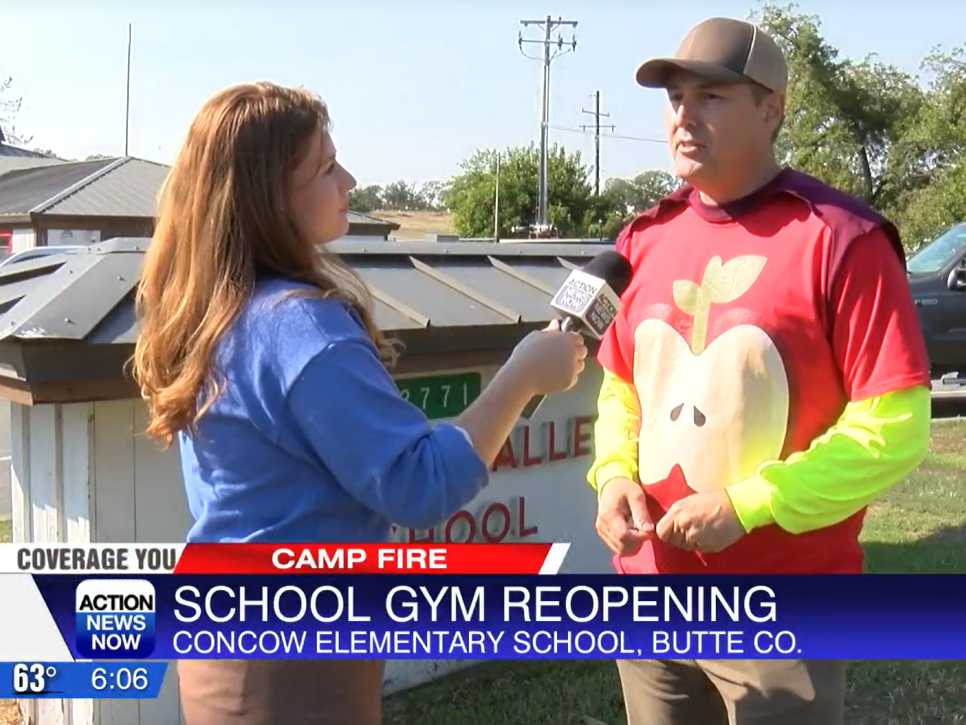Are you a new teacher or an experienced educator looking for a new opportunity? As many qualified candidates will be competing for the same positions, it can be challenging to stand out to districts.
There are hidden tips to help teachers get hired. This post attempts to answer questions like: What do principals look for when hiring teachers? How do I get hired as a teacher? What time of year is the hardest to get a job? And what day of the week are you most likely to get a job offer? Let’s dive in.
Unfortunately, the following post doesn’t cover this very important topic in landing your dream teaching job. It will just have to wait…
What Do Principals Look for When Hiring Teachers?
When hiring teachers, principals are looking for candidates who possess a combination of skills, experience, and personality traits. Here are some of the top qualities that principals and superintendents look for in prospective teachers:
- Teaching experience: Having experience teaching in a classroom setting, whether through student teaching or previous teaching positions, is highly valued by principals.
- Content knowledge: Teachers who have a deep understanding of the subject matter they’ll be teaching are often preferred by principals.
- Strong communication skills: Teachers who can effectively communicate with students, parents, and colleagues are highly valued in the education field.
- Classroom management skills: Principals want teachers who can create a safe and positive learning environment for their students.
- Professionalism: Teachers who are punctual, organized, and committed to their work are highly sought after by principals.
- Adaptability: Teachers who can be flexible and adapt to changing situations in the classroom are often preferred by principals.
- Team Player: Does the teacher help create harmony among school staff or add to factions and divisiveness. Is the teacher willing to take on small tasks willingly that help improve the school or is each small addition to the program that needs teacher leadership thought of as “just one more thing.”
How Do I Get Hired as a Teacher?
Getting hired as a teacher can be a competitive and challenging process. Here are some tips to help you stand out and land your dream job:
- Network: Make connections with other teachers, principals, and education professionals. Attend job fairs and conferences, and use social media to connect with potential employers.
- Customize your resume and cover letter: Tailor your application materials to the specific school and position you’re applying for. Highlight your relevant experience and skills.
- Prepare for the interview: Research the school and the position, and practice answering common interview questions. Dress professionally and arrive early to the interview.
- Follow up: Send a thank-you note or email after the interview to show your appreciation and continued interest in the position.
- Be patient: The hiring process can take time, so be patient and continue to search for other opportunities while you wait to hear back from a potential employer.
- Hit the main hiring season: March, April, and May are the best months to find a teaching job for the fall. Right before school starts, there will be a flurry to fill unfilled positions based on enrollment. During natural breaks like the winter break is another good time to find a teaching job. Retiring teachers wait until these natural breaks if they do not plan to teach for the entire school year. Also, if there is any movement of teachers during the first semester, this will free up positions during winter break.
What Time of Year is the Hardest to Get a Job?
The education job market can be highly seasonal, with certain times of the year being more competitive than others. The most challenging times to get a job as a teacher can vary depending on the location and school district. However, some general trends include:
- Late summer: Many schools finalize their hiring decisions in late summer, just before the start of the school year. By this time, many positions may have already been filled, making it harder to find open positions.
- Mid-year: While there may be some mid-year teaching positions available, these can be more limited and competitive than positions that open up at the beginning of the school year.
- End of the school year: As the school year comes to a close, some positions may open up due to retirements, resignations, or transfers. However, many of these positions may be filled by current staff members or by candidates who have already been interviewed earlier in the year.
What Day of the Week are You Most Likely to Get a Job Offer?
While there’s no guarantee of when you’ll get a job offer, some studies have suggested that certain days of the week may be more favorable than others. According to a study by SmartRecruiters, Tuesday is the most popular day for employers to extend job offers. This may be due to a variety of factors, such as having enough time to review resumes and conduct interviews after the weekend, but not wanting to wait until later in the week to make a decision.
However, it’s important to note that this is just a general trend and not a hard and fast rule. Employers may make job offers on any day of the week, and factors such as the school district’s hiring timeline and the availability of the hiring committee may also impact when you receive an offer.
Conclusion
Getting hired as a teacher can be a challenging and competitive process, but by following these insider tips and information, you can increase your chances of landing your dream job. Remember to highlight your relevant experience and skills, network with other education professionals, and be patient throughout the hiring process. With persistence and dedication, you’ll be on your way to a rewarding career in education.



